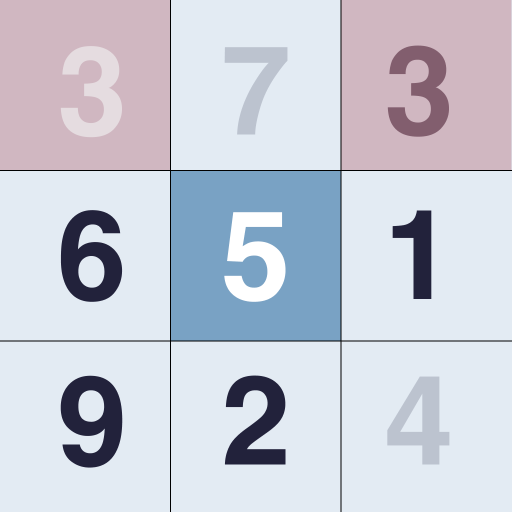
Mastering Sudoku: Unraveling the World of Solving Algorithms
Sudoku, the super fun number puzzle, has been enjoyed by people all over the world for many years. But did you know that there are special tricks and strategies, called algorithms, that can help you solve Sudoku puzzles even faster? In this article, we will explore these amazing Sudoku solving algorithms that will make you a Sudoku master in no time!
1. Backtracking Algorithm
The backtracking algorithm is like a cool detective that can solve Sudoku mysteries. It works by filling in the puzzle one cell at a time and checking if the numbers are in the right places. If there is a problem, the algorithm goes back and tries a different number until it finds the right one. It keeps doing this until the whole puzzle is solved! You can learn more about it here.
2. Constraint Propagation
Constraint propagation is like a secret code that helps you solve Sudoku puzzles. It uses special rules and logic to figure out where the numbers should go. For example, it knows that each row, column, and region can only have one of each number. So, it uses this information to narrow down the choices and fill in the puzzle faster. There are clever tricks like "naked singles," "hidden singles," and "locked candidates" that constraint propagation uses. You can learn more about it here.
3. Dancing Links Algorithm
The Dancing Links algorithm is a magical trick that was invented by a super smart person named Donald Knuth. It works by using a special structure called an exact cover matrix to solve Sudoku puzzles. This algorithm is like a dancing wizard that finds all the possible solutions to the puzzle. It keeps dancing and trying different combinations until it finds the right one. You can learn more about it here.
4. Genetic Algorithms
Genetic algorithms are like a puzzle-solving game that imitates how living things evolve and get better over time. They use a technique called mutation, where they change the numbers in the puzzle in different ways. Then they see if the changes make the puzzle better or worse. By doing this over and over again, the algorithm learns how to solve the puzzle more efficiently. It's like a computer version of natural selection! You can learn more about it here.
5. Simulated Annealing
Simulated annealing is a really cool algorithm that takes its inspiration from how metals cool down and become solid. It explores different solutions to the puzzle by making small changes and seeing if they are better or worse. Sometimes it even tries moves that make the puzzle worse, but that's okay! It's just like how metals sometimes need to heat up before they cool down. Simulated annealing keeps looking for the best solution until it finds it. You can learn more about it here.
Conclusion
Sudoku solving algorithms are like superpowers that can help you become a Sudoku champion! By using the backtracking algorithm, constraint propagation, dancing links, genetic algorithms, and simulated annealing, you can solve puzzles faster and impress your friends. So, get ready to unlock the secrets of Sudoku and become a master puzzle solver! Happy Sudoku-ing!
References:
- Backtracking Algorithm: Wikipedia - Backtracking
- Constraint Propagation: Wikipedia - Constraint Propagation
- Dancing Links Algorithm: Wikipedia - Dancing Links
- Genetic Algorithms: Wikipedia - Genetic Algorithm
- Simulated Annealing: Wikipedia - Simulated Annealing

Previous: Sudoku: Swordfish technique example | Next: The Mathematics of Sudoku: Solving the Puzzle with Logic and Numbers
